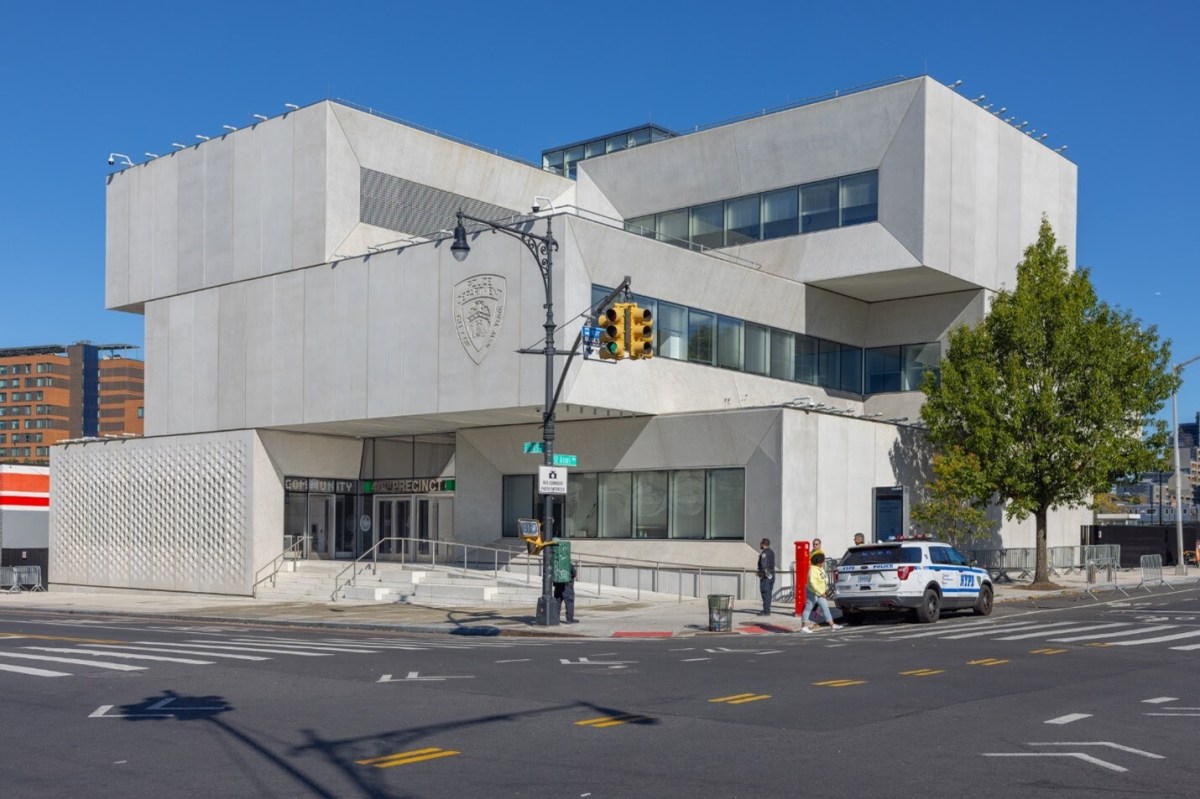
Anyone who doubts that race, poverty and policing drive the city’s criminal justice system might examine the case of Karina Vetrano.
Vetrano, a 30-year-old white woman from Queens, was beaten to death in May 2016 in Spring Creek Park in Howard Beach.
Six months later, police charged Chanel Lewis, a black man from Brooklyn, with her murder. Police say his DNA matched that found on Vetrano and on her cellphone at the crime scene and that he confessed to killing her. A prosecutorial slam dunk, you might say.
Except that at his first trial four months ago, the jury deadlocked. At issue were the circumstances surrounding Lewis’ arrest, his confession and questions about the DNA’s accuracy.
Law enforcement sources say police determined the DNA found on Vetrano matched that of an African-American and took voluntary samples of some 350 black men. Police also took DNA from Vetrano’s family, friends and co-workers. All proved negative.
Police settled on Lewis, based on a “hunch,” as The New York Times put it, by Det. John Russo. Detectives interviewed Lewis, who voluntarily offered his DNA, which matched DNA found at the murder scene.
Defense attorneys questioned the circumstances of Lewis’ confession. He had been held by police for hours without an attorney before he confessed. He later recanted. They also raised questions about the DNA evidence. Earlier this year, the Times reported that Marina Stajic, an official at the office of the chief medical examiner, was fired after she claimed a DNA testing technique could lead to wrongful convictions. The city subsequently paid her $1 million after she sued.
We also must recognize some NYPD history. Newspaper accounts last month cited 14 overturned convictions of young black males in the 1980s and ’90s due to false confessions obtained by then-NYPD Det. Louis Scarcella. And last month, Det. Joseph Franco was charged with perjury after his investigations led to three people being sent to prison for crimes they did not commit.
In a second trial, testimony revealed that while in custody, Lewis was videotaped, read his rights, refused to talk and declined a lawyer. He was convicted and sentenced to life in prison. Case closed, you might think.
On the day of his sentencing, supporters claimed he had been framed. Assemb. Charles Barron said Lewis’ DNA could have been fraudulently linked to Vetrano, though he offered no credible evidence.
Case closed? We’ll see.































